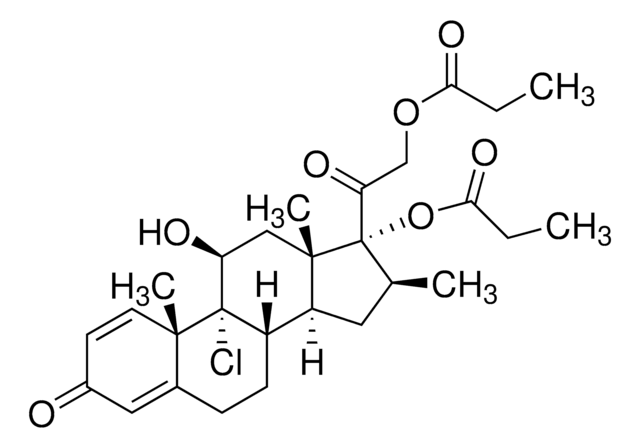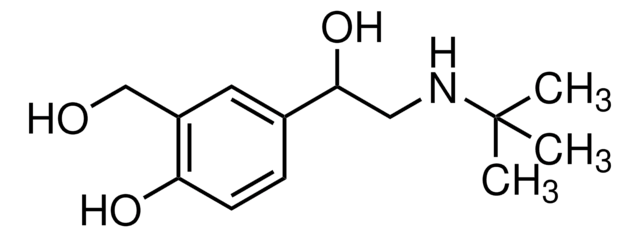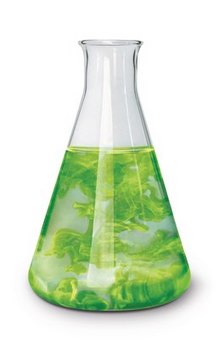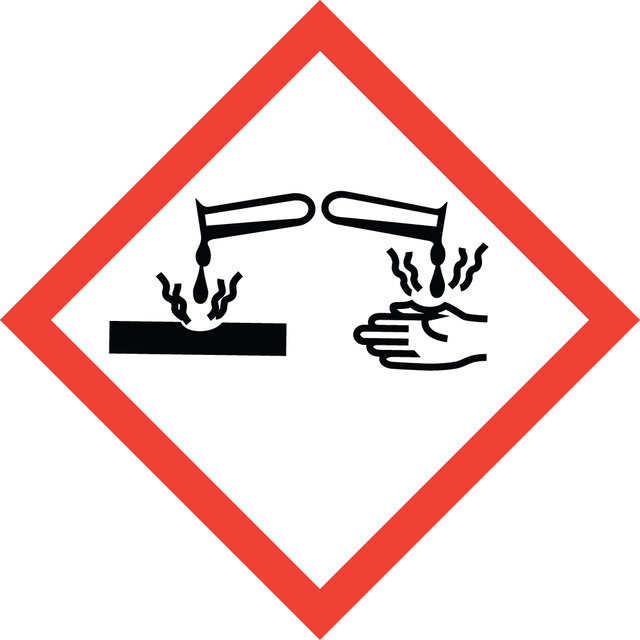Recommended Products
Quality Level
loss
13.0 - 18.0% loss on drying, (105°C)
color
, Passes test
particle size
2-5 mm, coeff var ≥95%
capacity
≥25 % absorption capacity (CO2)((method NF XVII))
bulk density
75 g/100 mL
suitability
passes test
1 of 4
This Item | 1.93103 | 1.06733 | 1.04764 |
|---|---|---|---|
| particle size 2-5 mm, coeff var ≥95% | particle size - | particle size 1-2.5 mm | particle size - |
| Quality Level 200 | Quality Level - | Quality Level 200 | Quality Level 200 |
| bulk density 75 g/100 mL | bulk density - | bulk density 750 kg/m3 | bulk density - |
| loss 13.0 - 18.0% loss on drying, (105°C) | loss - | loss - | loss - |
| color , Passes test | color - | color - | color - |
| capacity ≥25 % absorption capacity (CO2)((method NF XVII)) | capacity - | capacity - | capacity - |
signalword
Danger
hcodes
Hazard Classifications
Eye Dam. 1 - Met. Corr. 1 - Skin Corr. 1 - STOT SE 3
target_organs
Respiratory system
Storage Class
8B - Non-combustible, corrosive hazardous materials
wgk_germany
WGK 1
flash_point_f
Not applicable
flash_point_c
Not applicable
Certificates of Analysis (COA)
Search for Certificates of Analysis (COA) by entering the products Lot/Batch Number. Lot and Batch Numbers can be found on a product’s label following the words ‘Lot’ or ‘Batch’.
Need A Sample COA?
This is a sample Certificate of Analysis (COA) and may not represent a recently manufactured lot of this specific product.
Already Own This Product?
Find documentation for the products that you have recently purchased in the Document Library.
Our team of scientists has experience in all areas of research including Life Science, Material Science, Chemical Synthesis, Chromatography, Analytical and many others.
Contact Technical Service









